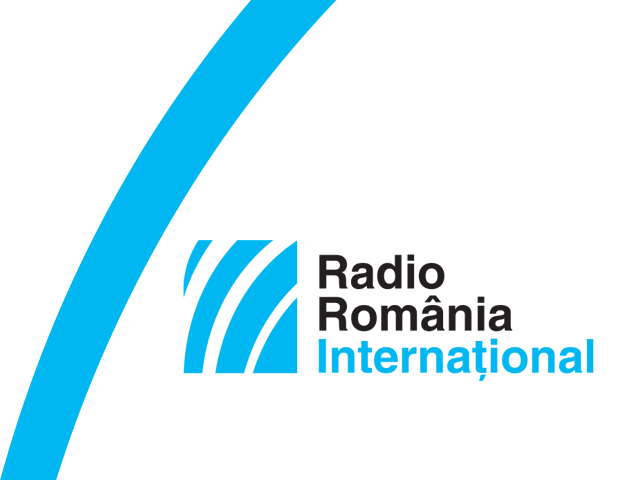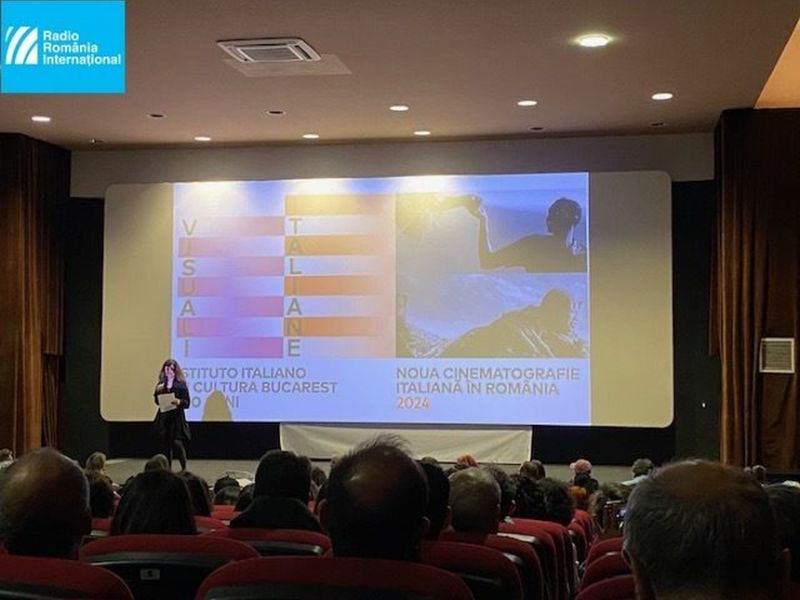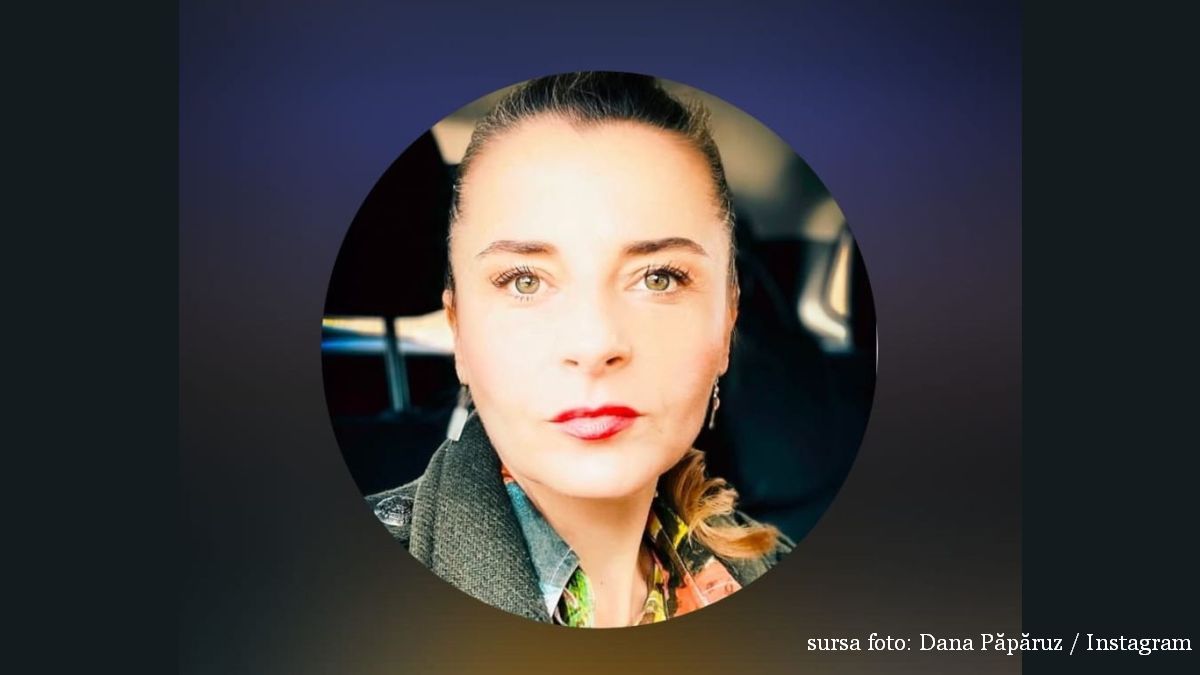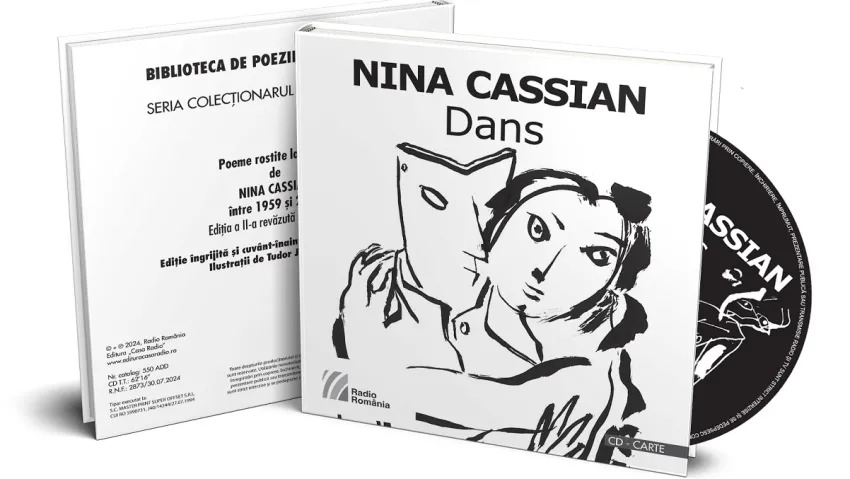A trip down the memory lane
The historian Nicolae Iorga in an exhibition in Piatra-Neamt
Warning: Trying to access array offset on null in /home/web/rri.ro/public/wp-content/themes/rri/template-parts/content.php on line 53
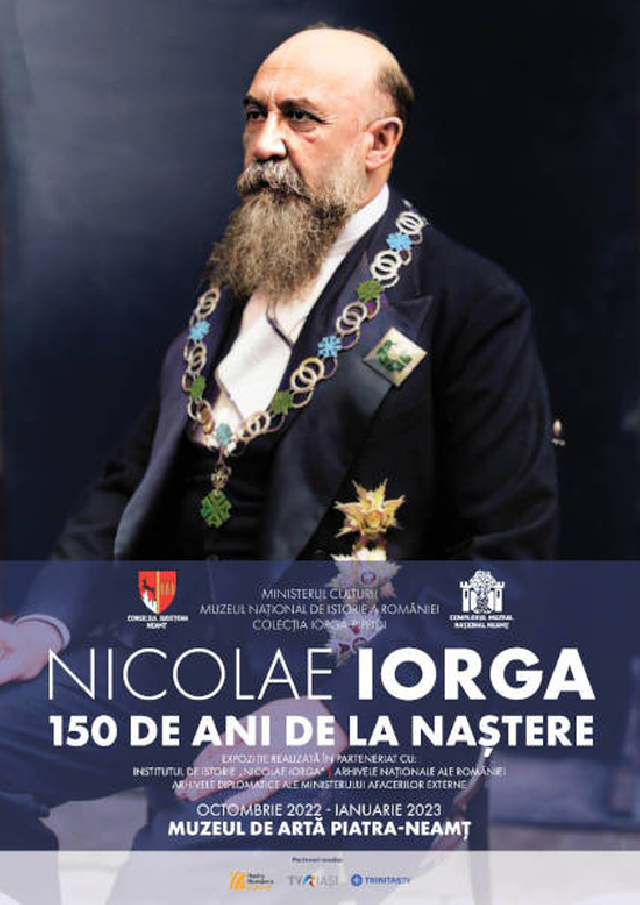
Warning: Trying to access array offset on null in /home/web/rri.ro/public/wp-content/themes/rri/template-parts/content.php on line 98
Ion Puican,
19.11.2022, 14:00
The Neamt National Museum Compound, located in
the north-eastern Romanian town of Piatra-Neamt, over October 2022 and January
2022 plays host to an exhibition dedicated to one of Romania’s all-time icons
in terms of culture, history, academia and politics. The exhibition is themed Nicolae
Iorga (1871-1940) and the commemoration of his 150th birthday anniversary.
Nicolae Iorga was a historian, a literary critic, a documentarist, a poet, a
writer of memoirs. Iorga a was also a minister, a parliamentarian, a
prime-minister, a university professor and an academician. Part of Nicolae
Iorga’s towering encyclopedic personality was captured by the aforementioned exhibition.
About the exhibition and its capacity to illustrate the human side of Nicolae
Iorga’s personality and about what we can find in the exhibition, here is
researcher and exhibition curator Cristina Paiușan-Nuică.
I need to say the exhibition is based on
the Iorga-Pippidi Collection. And I also need to extend my thanks to
professor Andrei Pippidi, Nicolae Iorga’s nephew. His mother, Mrs Liliana
Iorga-Pippidi, was Nicolae Iorga’s daughter who donated an absolutely precious
collection to the Romanian National History Museum, in an act of generosity
that somehow comes in continuation to the acts of generosity made by the grandfather
and, later, by professor Pippidi’s mother. Can you imagine we had
Nicolae Iorga’s original birth certificate, we have his school diplomas with
his primary school record, then the high-school one, then we have the university
diploma, the Doctor’s diploma in Leipzig. We have family photos, we have photos
with Nicolae Iorga and his 11 children, 4 of his first marriage with Maria Tasu
and 7 of the marriage with Catinca Iorga. We have Catinca Iorga’s superb
portrait made by Schweitzer-Cumpăna and restored here, in the museum. It was displayed
for the first time in the exhibition in Bucharest and right now we can find it
here in Piatra Neamt. We have, and the term is my coinage, some sort of mini-history
of Europe made of the Doctor Honoris Causa diplomas and the distinctions Nicolae
Iorga received throughout the years. As there are very few countries with which
he had relationships and where he did not receive any recognition at all. For
instance, he received a diploma of corresponding member of the Academy in Chile.
As he was crossing the Ocean, Nicolae Iorga also made a journey through America
and I think this is a very interesting topic, which needs to be further
explored.
What other noteworthy objects can be seen
there? And what exactly does the showcase, specifically dedicated to the
locality of Piatra Neamt as part of the exhibition, include, according to curator
Cristina Paiușan?
In the exhibition in Piatra-Neamț you
can see all that. You can see some of Nicole Iorga’s personal items, objects
that were donated to the Nicolae Iorga Institute of History and which we included
in this exhibition For instance, the pen he wrote with, his glasses, a magnifying
glass, a pen holder where he kept his stalks, personal letters, letters he
received from great personalities. And, since Nicolae Iorga’s relation with
Piatra-Neamt was good, he went places in the entire region a couple of times, he
visited monasteries, he visited the town as such, me and my colleague Mihaela
Verzea, who is also a deputy director of the museum in Piatra-Neamț, we had a
small showcase made, focusing on Iorga and Piatra-Neamț. A showcase which has
two extremely important pieces: there are two letters, one, received from Elena
Cuza in 1909, the very year when Elena Cuza passed away. She retired in Piatra
neamt, in the final years of her life, and looking after her was doctor Flor, the
one who sent her the second letter, which actually goes with Elena Cuza’s
letter. Elena Cuza thanked Nicolae Iorga in 1909 for everything he did for the Romanian
nation and also thanked him for keeping the memory intact, of her husband, ruling
prince Alexandru Ioan Cuza. It is a very interesting letter. The letter is accompanied
by father Constantin Matasă’s calling card. He is the one who protected the
monuments in Neamt and the one who had a close relationship with Nicolae Iorga,
who was the president of the Historical Monuments Commission.
Here is curator Cristina Paiușan once again, this time telling us something
very personal about the exhibition.
I, for
one, hope that every one of those who will visit the exhibition will find something
new about Nicolae
Iorga, about Nicolae Iorga the man and about the relationship he had with his own
children, whom he loved very much. A little bit about the relationship with, and
the great love he had for his wife. And one of the most beautiful love letters
that was kept is one of those Professor Pipidi published in Letters to Catinca,
where Iorga the man, where enamoured Nicu wrote to a miss who was rather serious
and who was still uncertain if she would link her life to that of the already
famous Nicolae Iorga. We had the exhibition in Bucharest and now it is in
Piatra Neamt and we hope to have it travel countrywide, and in each place, we
should say something about Nicolae Iorga and that particular place. We hope it would bring a great scholar and a great
man to the public’s attention yet again. We hope it would once again bring to
the public’s attention the Romanian historiography and everything Nicolae Iorga
meant for the Romanian historiography and for the Romanian people, since Nicolae Iorga was one of the founding
fathers of unified Romania, and his role, I think, has remained crucial even to
this day. And, when you want to find a topic or when you search a bibliography,
you get hold of Iorga’s writings and say Let us see what he wrote many years
ago? and then you start searching what has been written, since Iorga to the
present, about that particular topic.
(EN)

